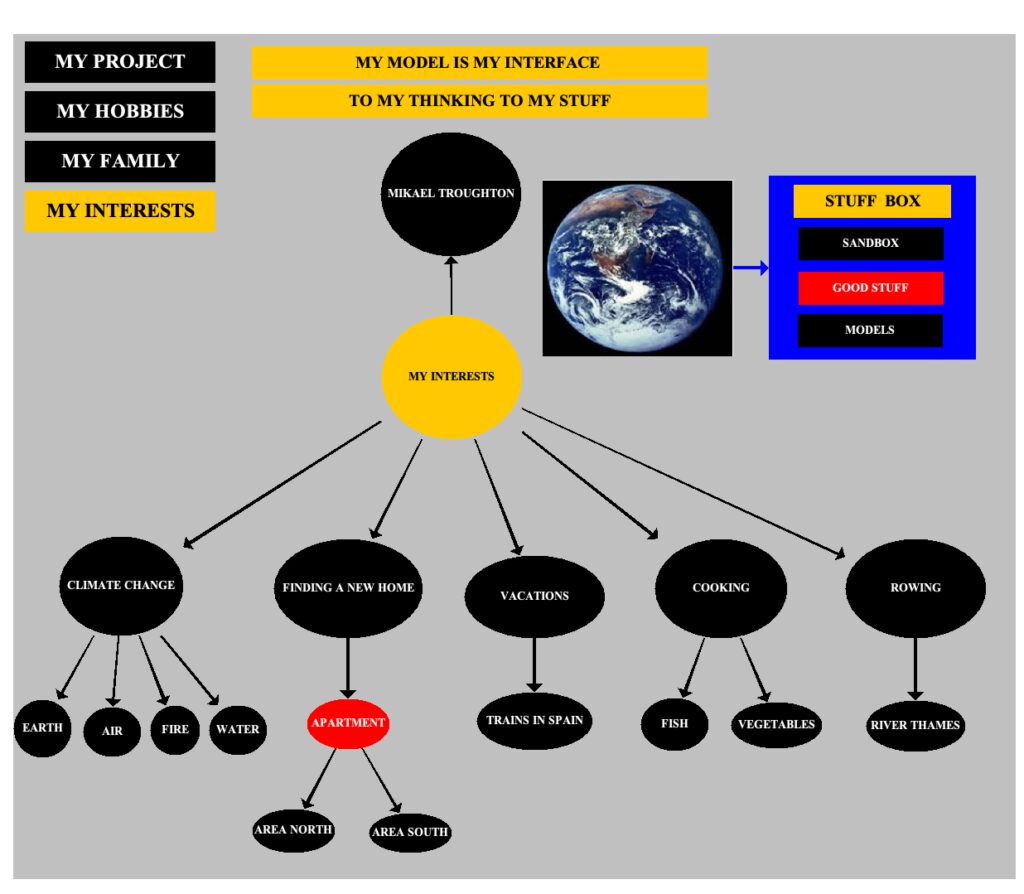The Model is the Interface
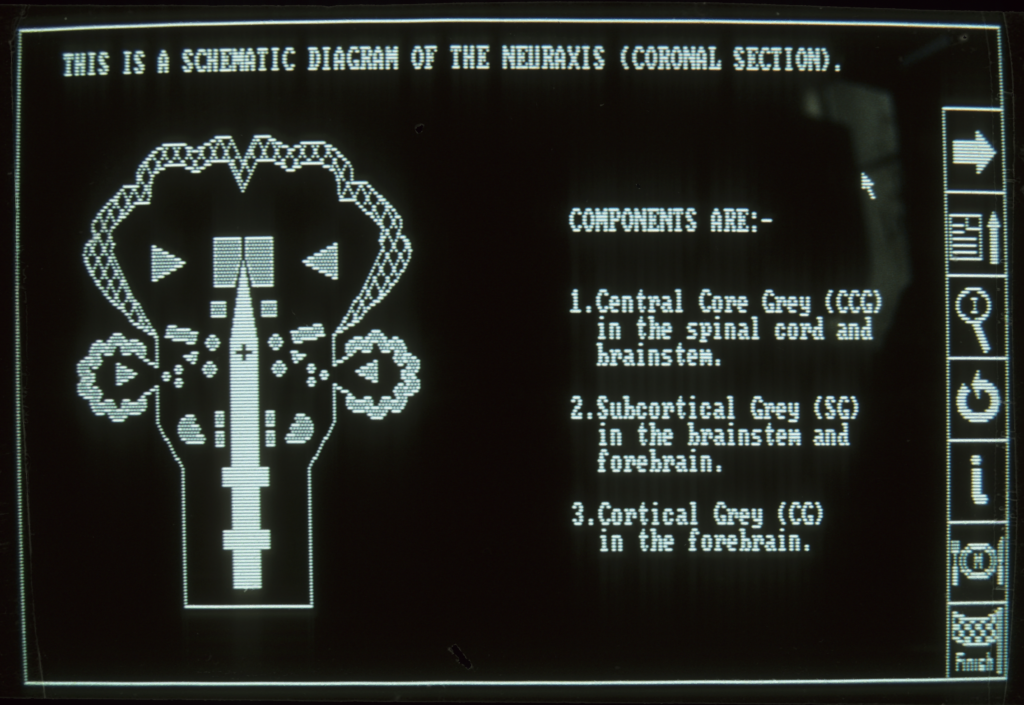
The Model with the Fewest Key Elements Representing the System, The Domain
The HNS Browser, 1987: displayed on a Compaq Portable PC. The Model of the Human Nervous System – with the fewest key elements as Categories represented by (simple*, graphical symbolic) Containers as a “Browser” (browse, select/point and click). PLUS the Menu of Buttons – minimal – with the fewest key elements for access.
The key elements of the Browsable Model – HYPERLINKED to definition, detail and reference. The Model is the Interface.
* with reference to the anatomical structure and function
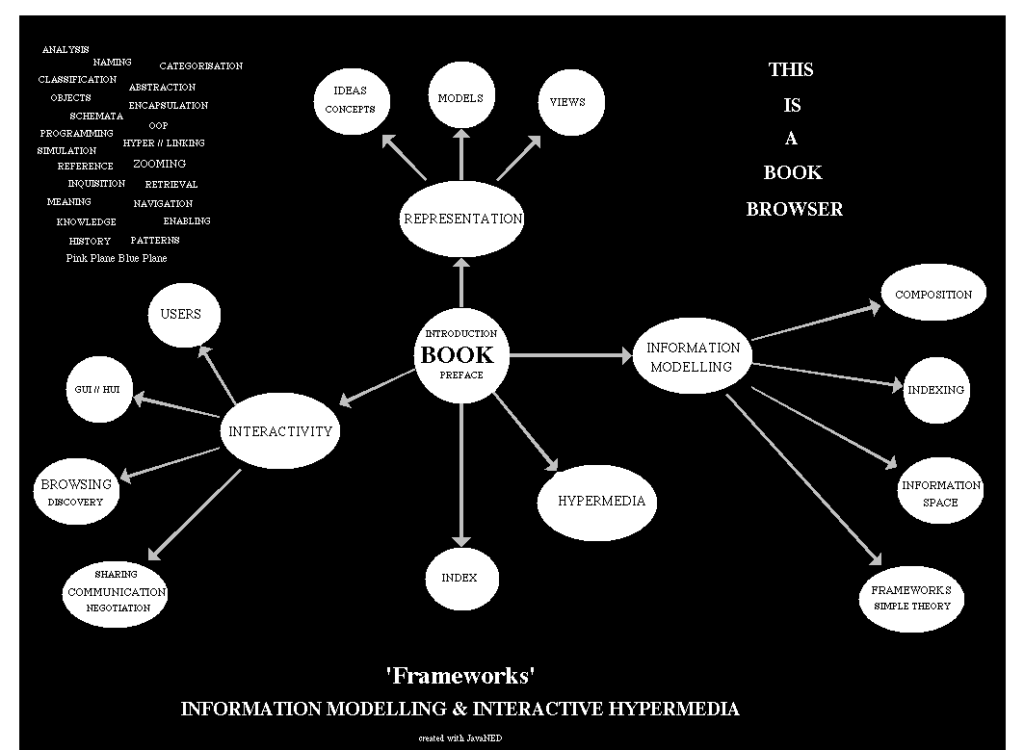
A Browsable Model depicting Categories of Objects in a Book (the ‘Frameworks’ Book; an early model) together with a cluster of key words. The Categories and Key Words – hyperlinked to definition, detail and reference.
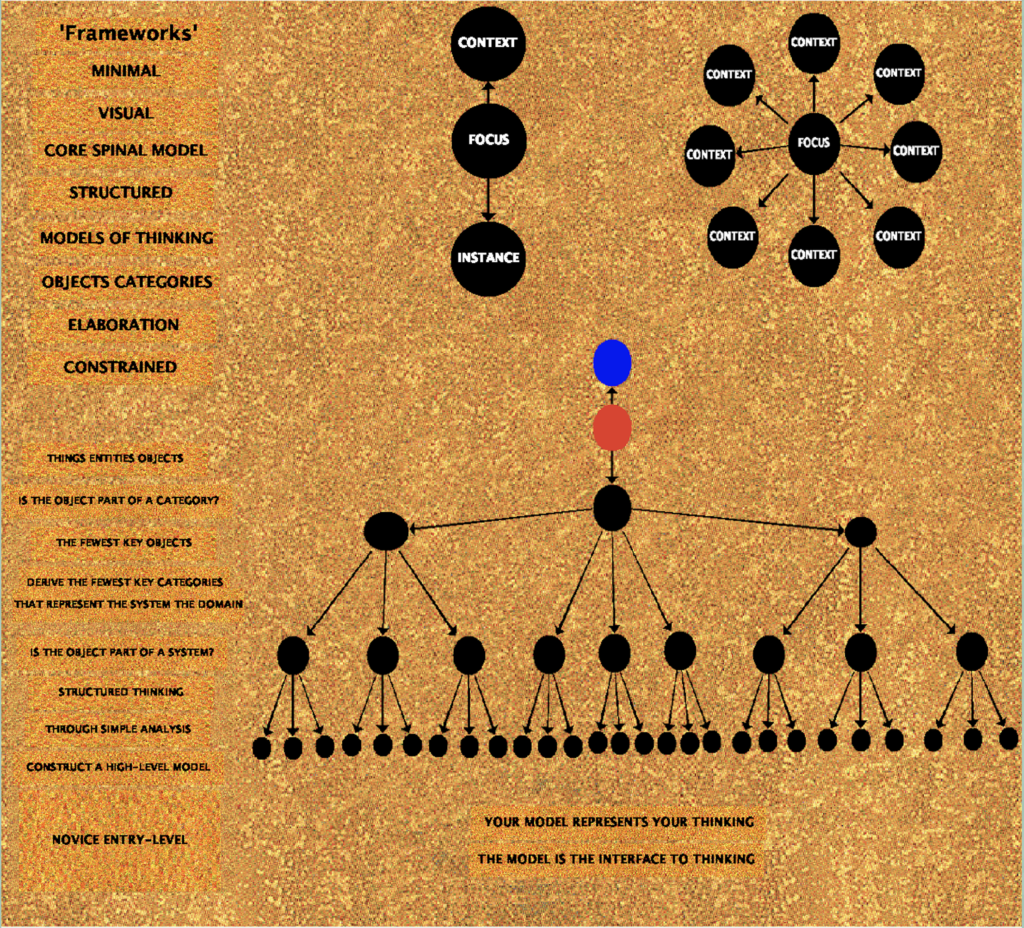
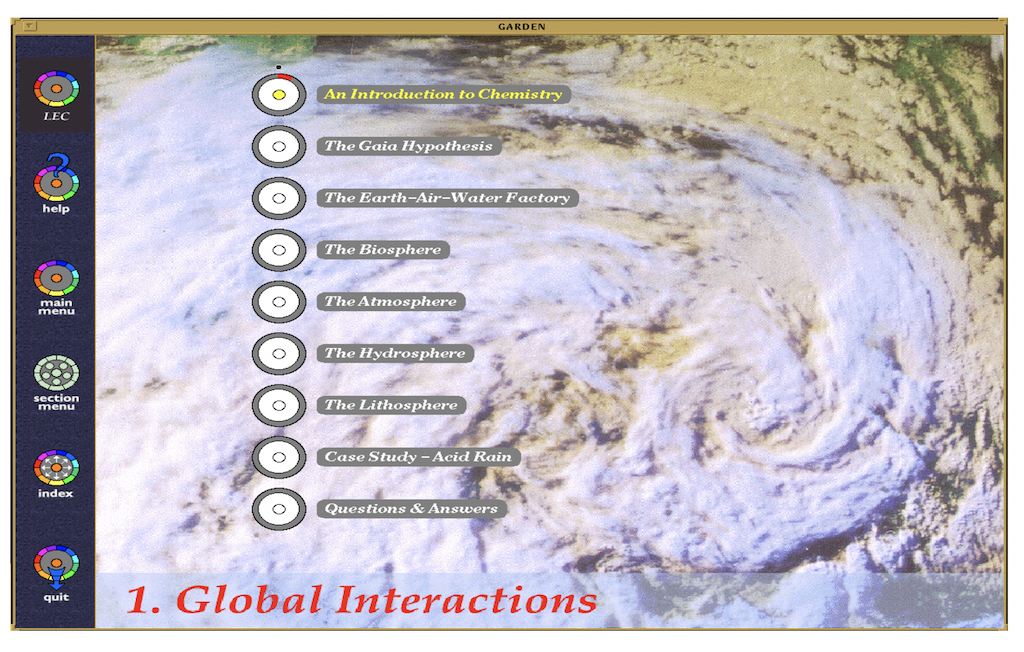
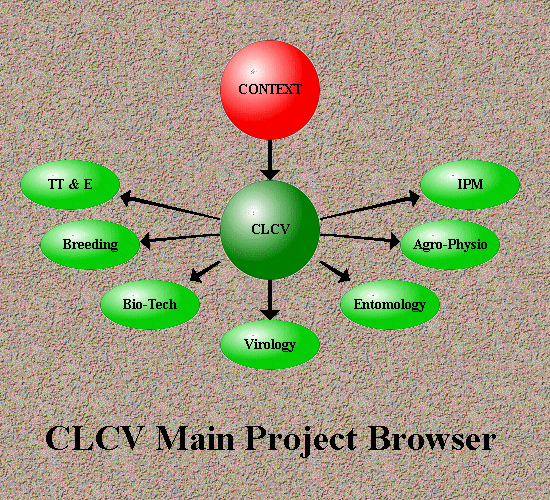
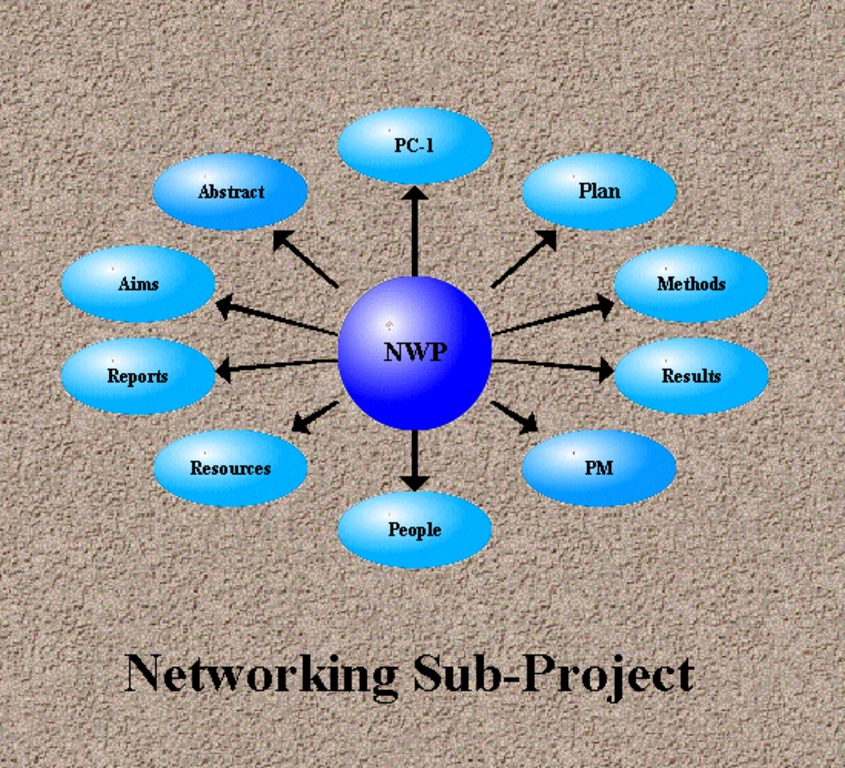
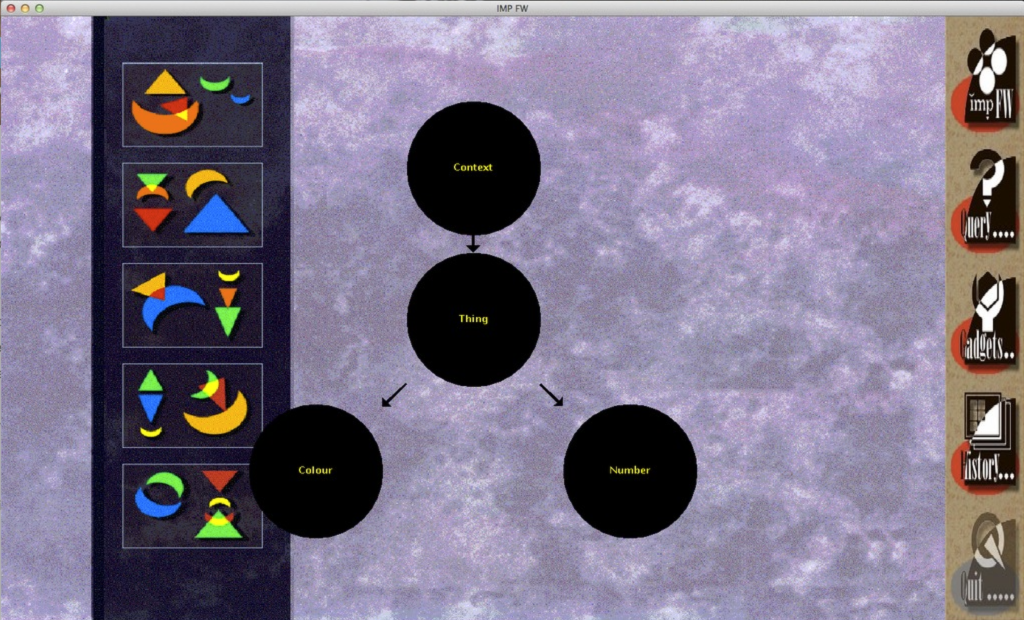

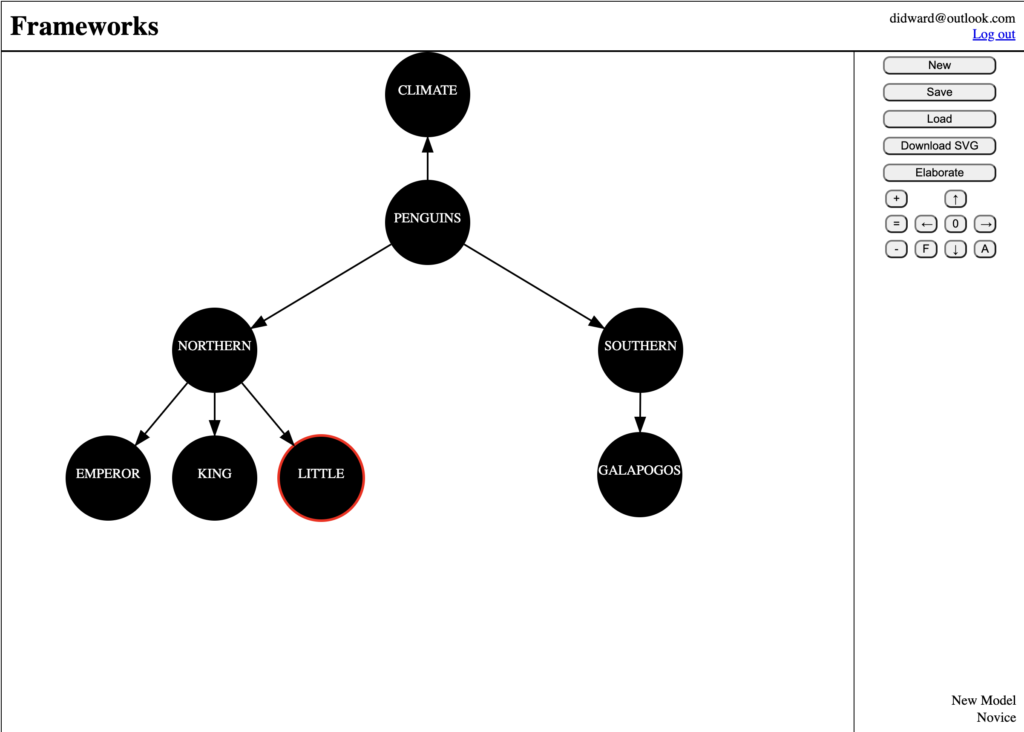
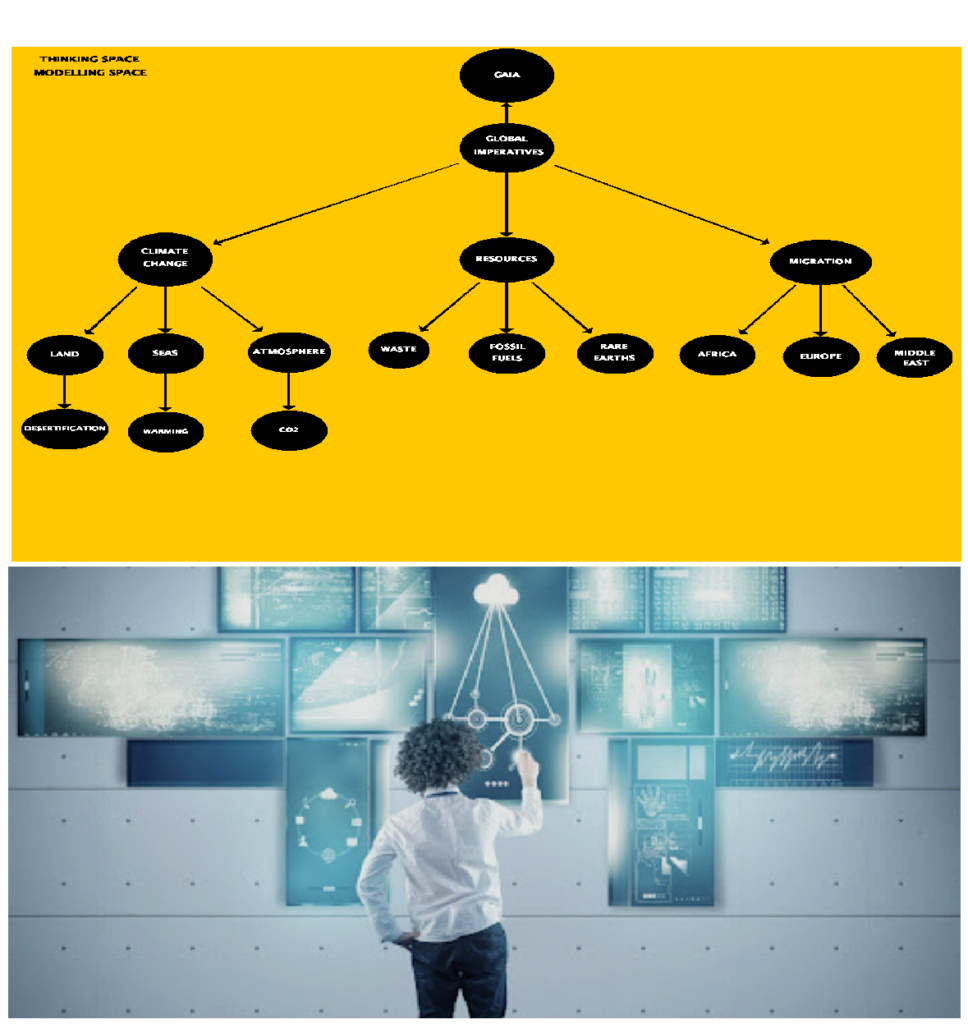
My Model: of Thinking, of Understanding, of What I am Interested in, of my Life, of my Project (Models, Projects)
My Model is My Interface to My Stuff: a New Paradigm for the “User Interface”?
The “User Interface” with Buttons&Icons for access to stuff and sharing stuff OK.
The “User Interface” – where the “User” is a Thinker-Modeller (You, Me, Them) and who constructs “Thinking Models”, “Model of Understanding”, “Information Models” (cf. “Models of Knowledge”) as organisers and interfaces to key stuff. Where Model Information Nodes hyperlink to Stuff wherever it is e.g. local storage, internet URLs, Cloud Adresses.
Constructing and Employing Information Models – at a Level of Abstraction and Representation above the conventional Desktop Folders and Web Browser Tags etc – which hyperlinking to Desktop/OS/Internet Services.
